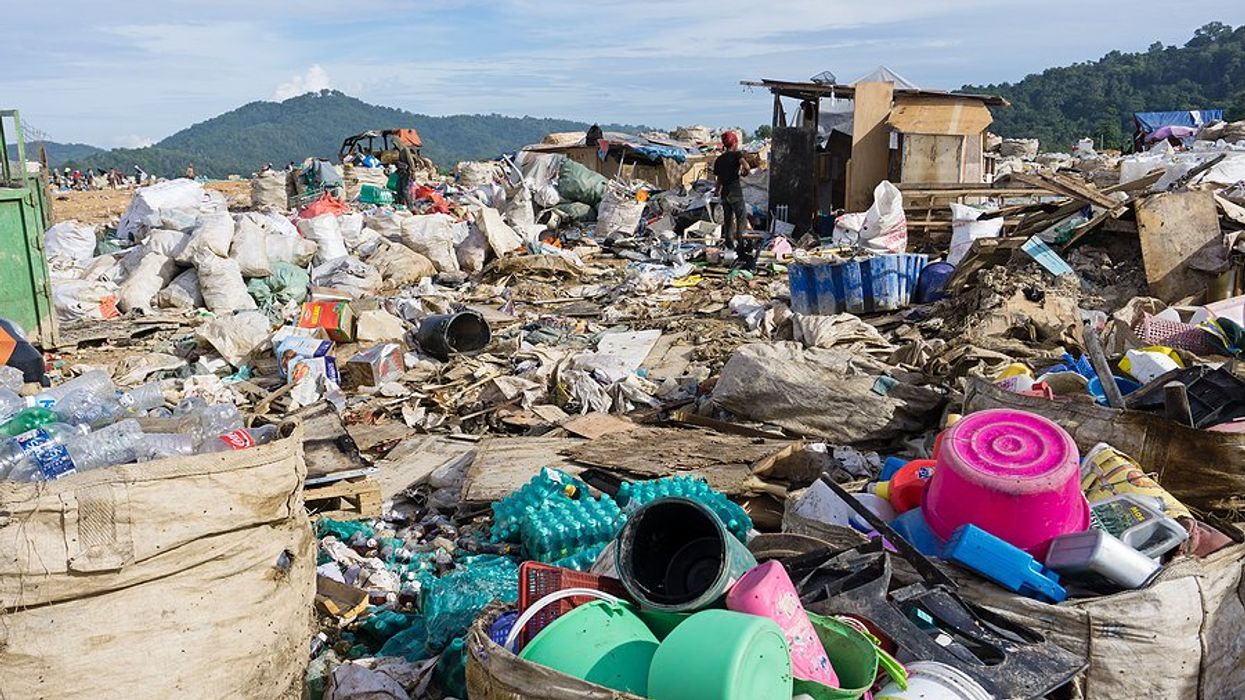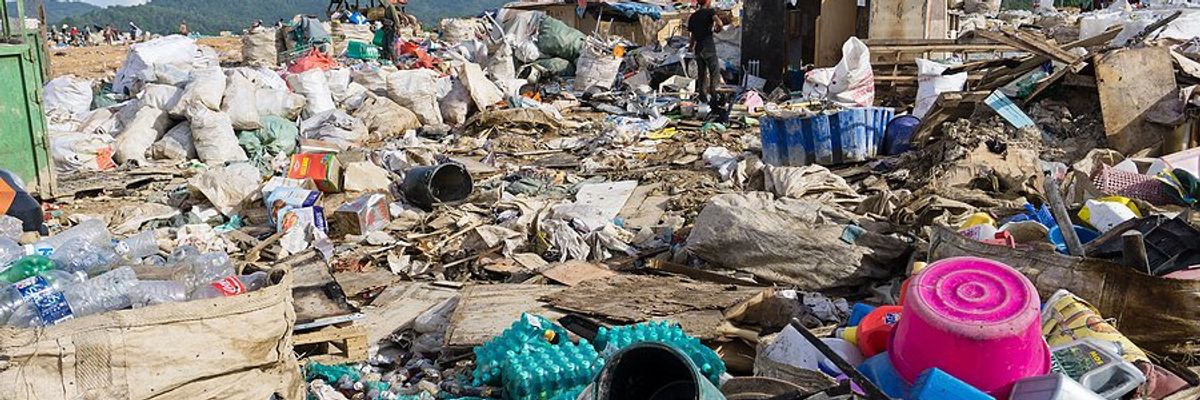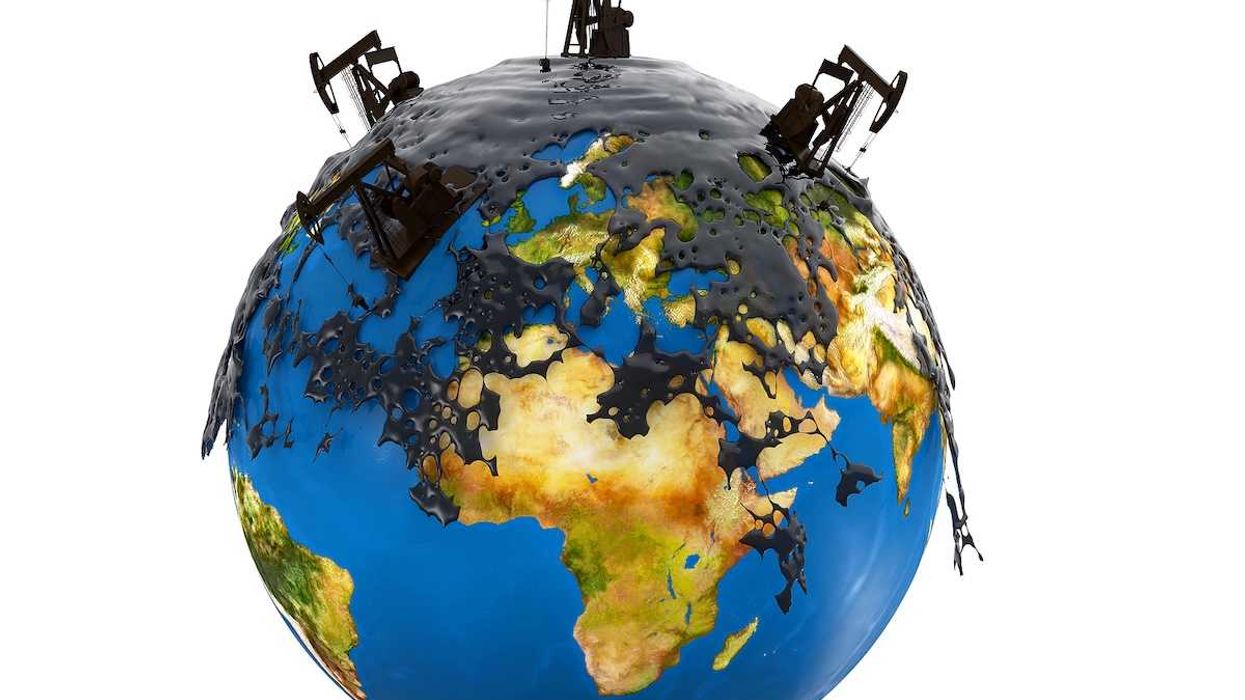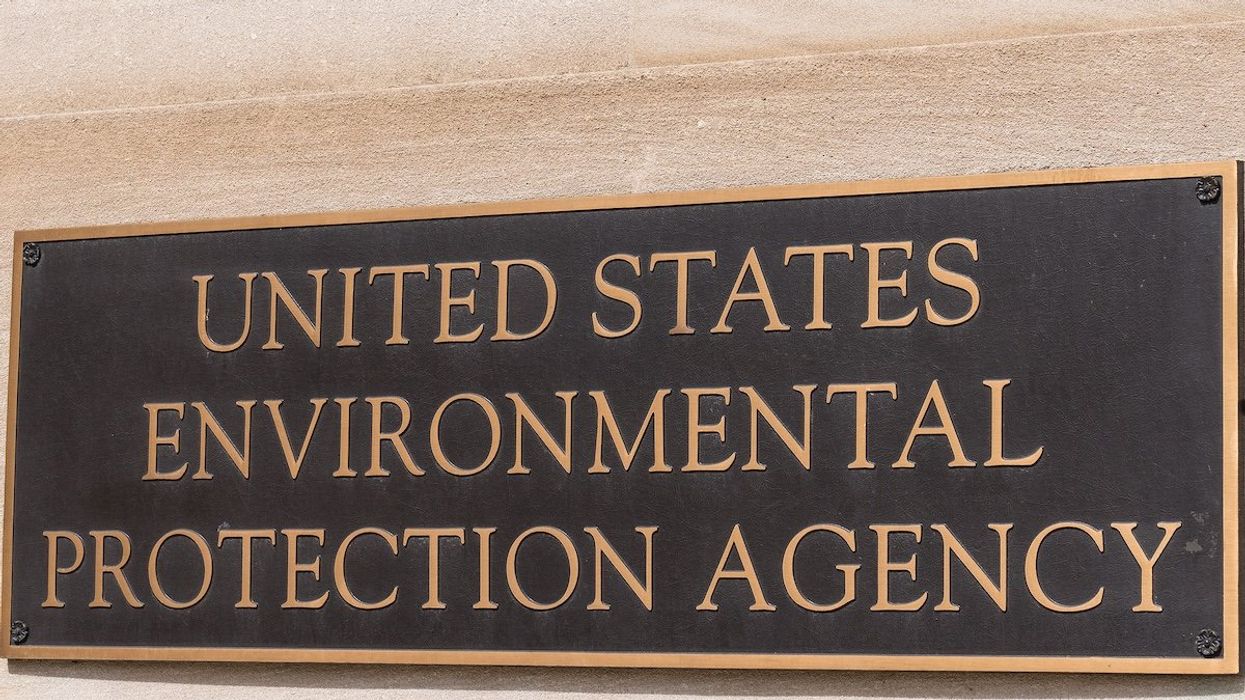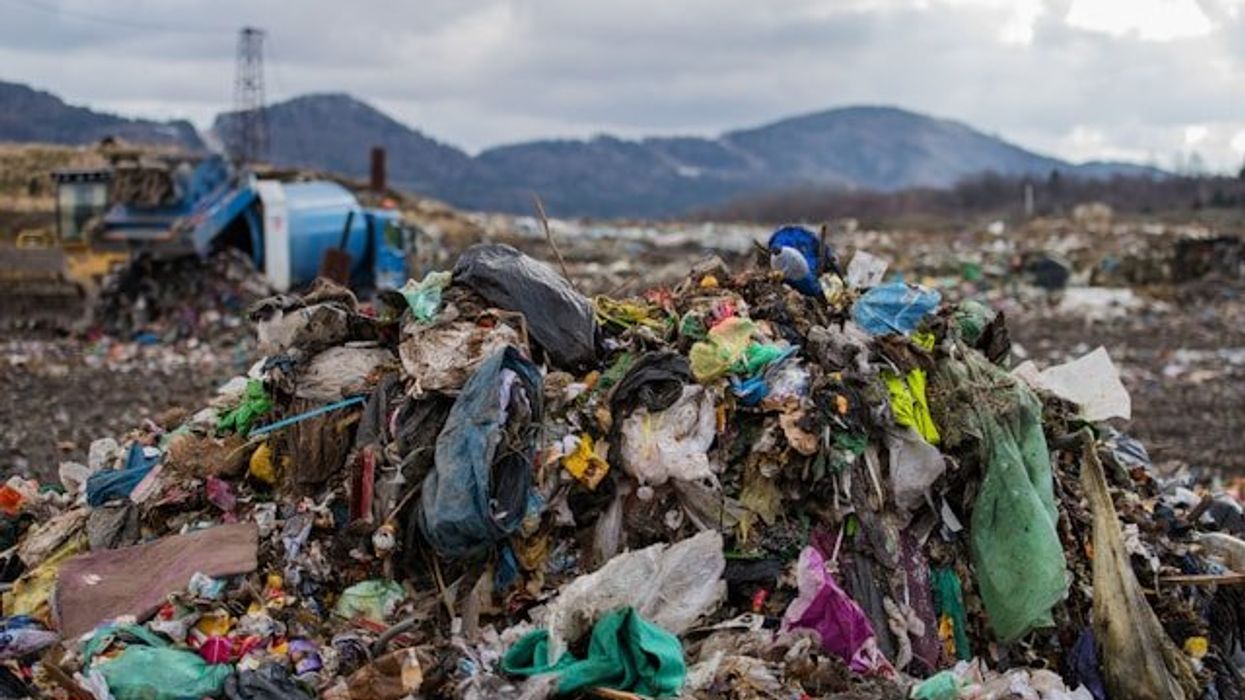A new international study finds that toxic chemicals in plastics are seeping into the bodies of both waste pickers and office workers, regardless of where they live or work.
Liza Gross reports for Inside Climate News.
In short:
- Researchers from the International Pollutants Elimination Network tested silicone wristbands worn by waste pickers, plastic recyclers, and office workers in Kenya and Thailand, finding nearly identical levels of exposure to toxic plastic chemicals in all groups.
- The chemicals identified — 73 substances from six unregulated classes — include phthalates and other compounds linked to serious health effects; even high-ranking United Nations delegates involved in plastic treaty negotiations were contaminated.
- Talks in Geneva to create a global plastics treaty stalled as oil- and plastic-producing nations, including the U.S., blocked progress on limiting production and regulating harmful chemicals.
Key quote:
“It doesn’t matter whether you’re a waste picker working in a dump site or you’re a person who works in the office. Wherever you are, you are exposed to these toxic chemicals almost at the same level.”
— Dorothy Adhiambo Otieno, report co-author and project manager at the Centre for Environment Justice and Development
Why this matters:
Plastics now pollute every ecosystem on Earth, and the chemicals they carry are making their way into human bodies worldwide. These substances — often unregulated — can interfere with hormones, harm reproductive systems, and trigger disease. Phthalates and other additives are found in packaging, electronics, furniture, cosmetics, and more, exposing people through skin contact, inhalation, and food. Because plastics are made from fossil fuels, they release greenhouse gases during production and disposal, compounding their climate impact. The fact that people far from landfills, such as office workers and treaty delegates, carry similar chemical burdens suggests widespread contamination through air, dust, and consumer products. Without strong global controls, this invisible threat will keep growing, regardless of geography or occupation.
Related: Environmental toll of plastics

